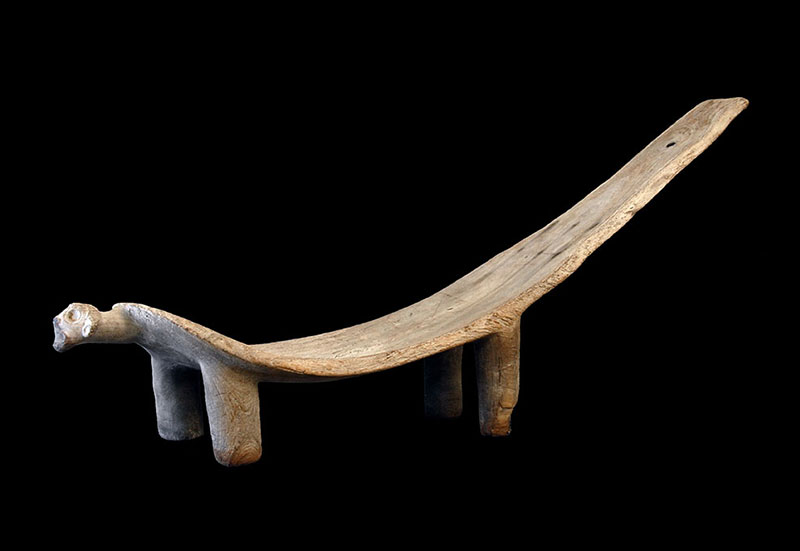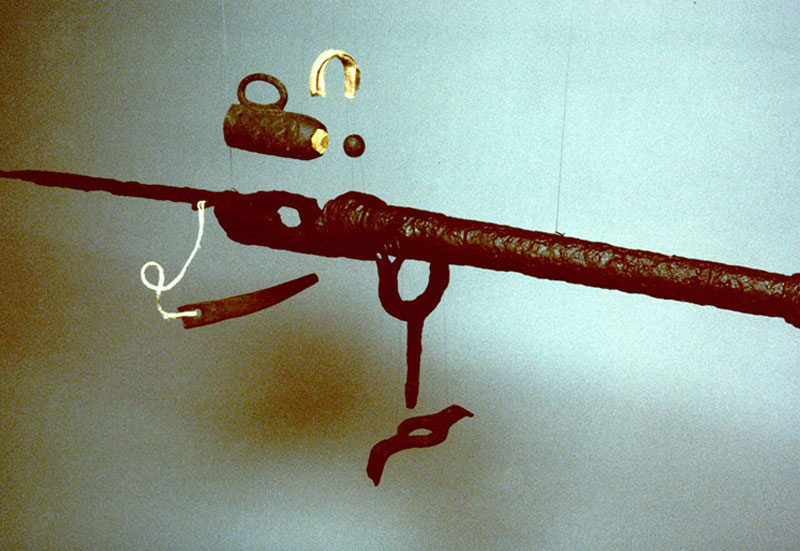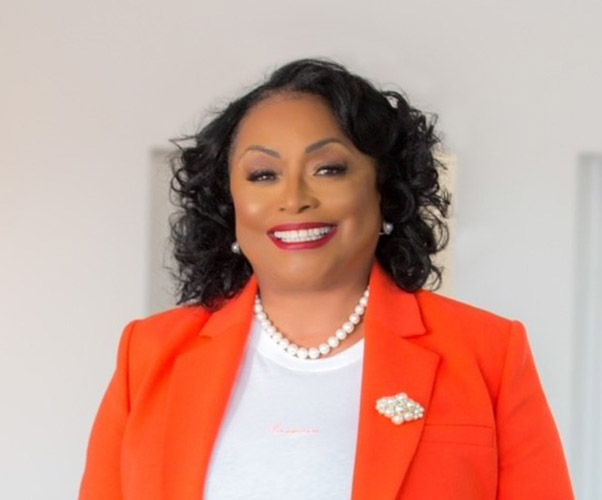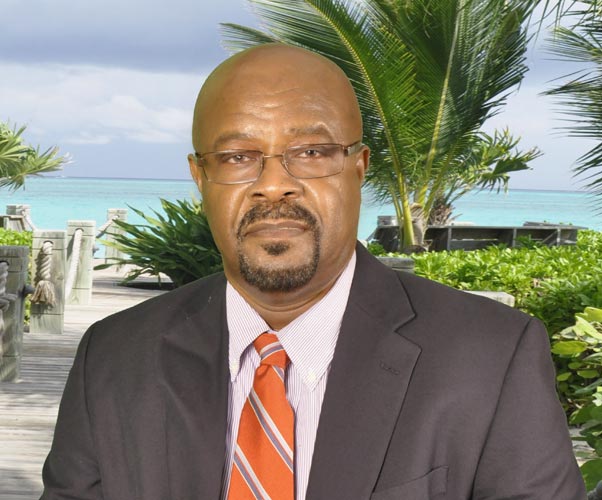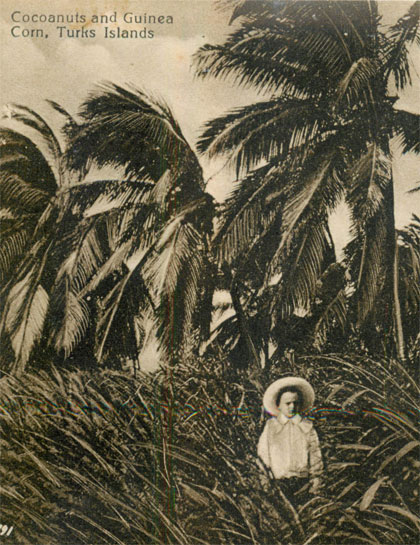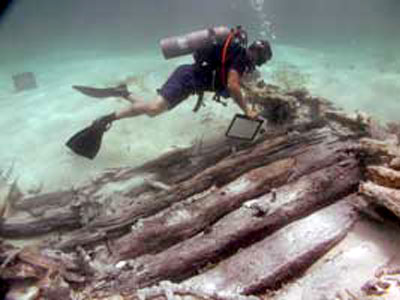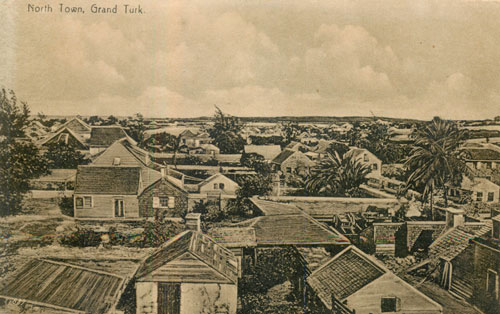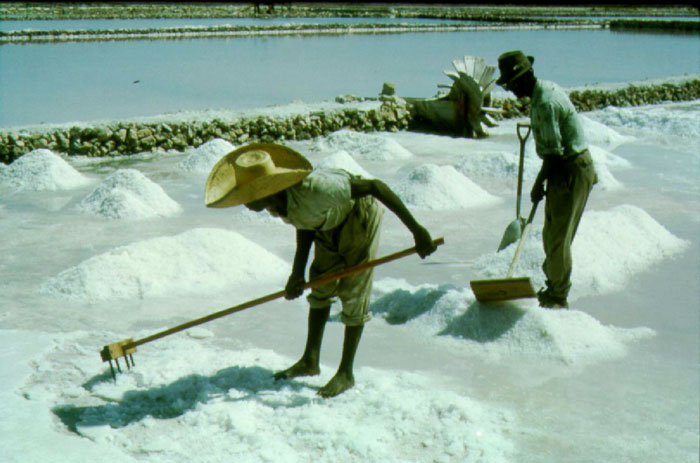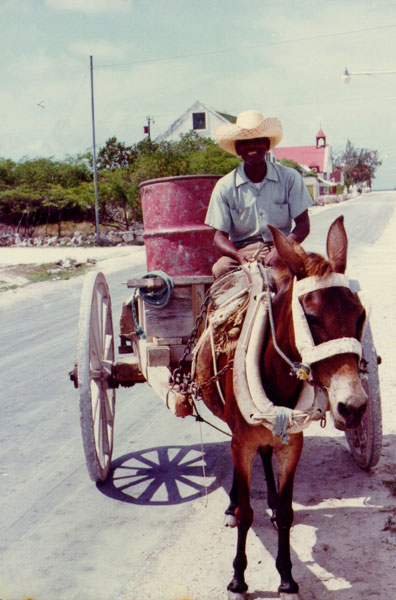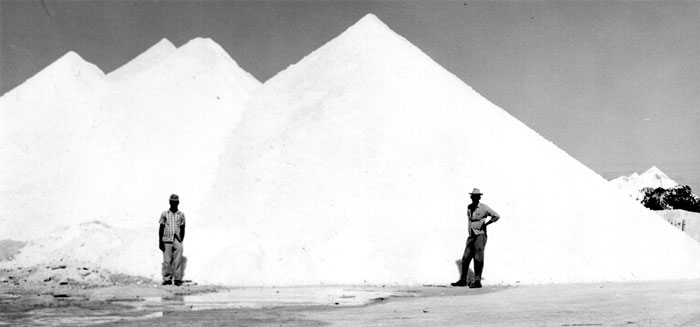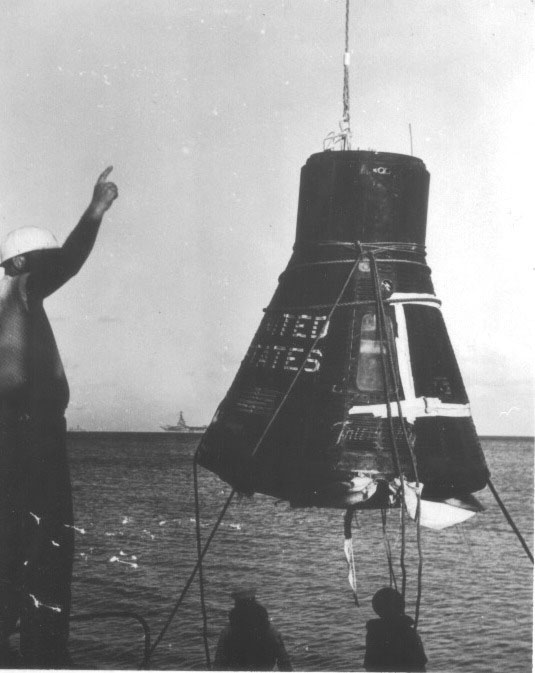Loyalists Arrive in the Caicos Islands 1780’s and 1790’s
Following the Bermudan’s settling in the Islands the next large introduction of slaves followed the American War of Independence.
Following the war the Loyalists were required to take an oath of allegiance. Many refused which led to their land and property, including slaves, being confiscated and sold. For the Loyalists there was no future in Georgia so many moved to Florida, which was still under British rule. Unfortunately for them the British ceded Florida to the Spanish and once again the Loyalists were forced to move – this time to the West Indies.
Fleeing Loyalists were granted land in British held territory, some of whom moved to the Caicos Islands in the 1780s and 1790s. With the Loyalists came plantation life, and a key element to a successful plantation system at this time was slaves. There were two types of slaves: African (those from Africa) and Creole (native born Blacks). Some estimate that the ratio was as high as 80% Creole to 20% Black.
As Saunders states (1985), the majority of the loyalist slaves were born in the USA, lived in a society of almost equal sex ratio which allowed a well developed family life to exist, and worked on small holdings rather than on extensive plantations. There is little reason to believe that the slave dwellings on Loyalists plantations in the Turks and Caicos Islands developed any different to those in the Bahamas. There they consisted of unplastered stone with a palm thatch roof – in fact when we look at some of the structures on Middle Caicos they fit this description.
John Wilson, in his 1783 survey of the Bahamas to assess the Islands for suitability for the transfer of some of the Loyalists from Florida (Kozy p.66), did not record the Caicos Islands at all which suggests there were no occupants. In Wylly’s “Short Account of the Bahamas” of 1789 he estimated that prior to the arrival of the Loyalists there were only one white male head of a family and 5 slaves in the Caicos Islands. This suggests that the Caicos Islands had little attraction before the Loyalists were granted land there.
In the Caicos Islands 92 grants were made to 72 people, totaling 18,138 acres, or on average 197 acres per plantation (Kozy, p 84). It is unlikely all took up their grants, especially as anything smaller than 60 acres would not have been sustainable under a plantation system (Kozy, p106). It is estimated that by 1788, 40 families with around 1200 slaves had settled in the Caicos Islands. These family names: Basden, Ferguson, Gamble, Lorimer, McIntosh, Missick, Penn, Rigby and Stubbs, still survive today.
Mckinnen, a traveler in the Bahamas in around 1803 recorded that he had found “one planter owning 600 slaves” in the Caicos Islands (Kozy, p 168). However, this was not clearly all of the planters that were there, just the largest slave owner (was it Wade Stubbs?).
So who were the Loyalists and what evidence remains of their presence today? The Loyalists included John Bell, a man of independent means, who was granted over 1000 acres on Grand Caicos, developing the two plantations “Increase” and “Industry” . He brought 180 slaves with him. In his estate appraisal at his death in 1800 it recorded 90 slaves (Kozy, p116, and p163 which lists the slaves and their family connections) on a plantation of 1 470 acres, of which 300 were under cotton production (Kozy, p160). In one of his inventories it records “thirteen large stone houses for negroes” (Kozy p147). There was also Stephen De Lancey who was granted 900 acres, “Greenwich Plantation” , and an appraisal made in 1800 recorded 18 slaves, listed by name (Kozy, p136) and a cotton gin, as well as household items. However, the best data relates to the Cheshire Hall, Wade’s Green and Haulover Plantations.



